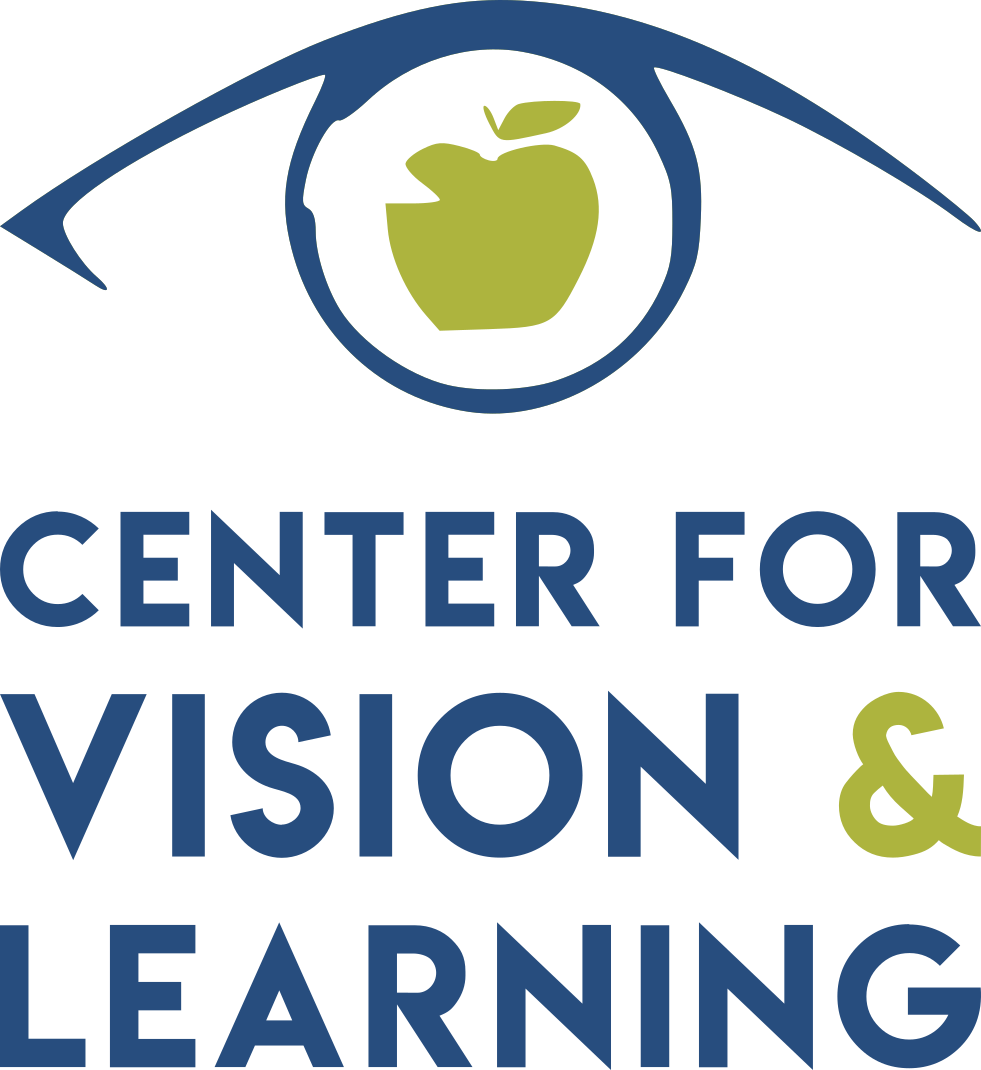Visual tracking is an important skill in reading, writing, drawing and playing. Saccadic eye movements are those which move the eye from word to word when reading. It is important to efficiently make those eye movements in order to read well and understand what you are reading.
I receive many phone calls from teachers who want to know how to help their students who lose their place when they read.
Once a child has been identified with an eye tracking problem (we call this oculomotor dysfunction), most teachers and parents want to do whatever they can to help the child succeed in the classroom. But it’s hard to modify a curriculum to suit one child, and it isn’t fair to the other students in the class to do exercises if/when they do not need help with their eye tracking.
But here are a few suggestions that a teacher might be able to use in the classroom:
- Cross crawls at the beginning of the day, to warm up the body and build connections between the right and left sides of the brain. When the body moves well, the eyes generally also move well. To cross crawl, you lift the right knee and tap it with your left hand, then alternate lifting the left knee and tap with your right hand. Once children can perform 10 cross crawls easily, have them say one letter of the alphabet for each tap of their hands.
Book saccades: In small reading groups, before having the child begin reading their passage aloud, turn to the page and ask the child to read the FIRST letter from the line and then the LAST letter from the line. Watch for errors where the child repeats a line or skips a line. Gently guide them to notice their errors, but see if they can find their own spot without using their finger or having you help them. Don’t spend more than 2-3 minutes on this activity; you don’t want to frustrate your reader before you begin your lesson.
A few other ideas promoting good tracking in the classroom would be the following games:
- Hangman
- Battleship
- Puzzles
- Crossword puzzles
- Hidden pictures
- Dot-to-dot pictures
If you identify a student who consistently seems to have more trouble keeping his or her place during these games, you might want to consider recommending a functional vision examination by a behavioral optometrist.
We’ll keep blogging to help teachers brainstorm for your students. Until next time, thanks for reading!
- Dr. Cheryl Davidson
